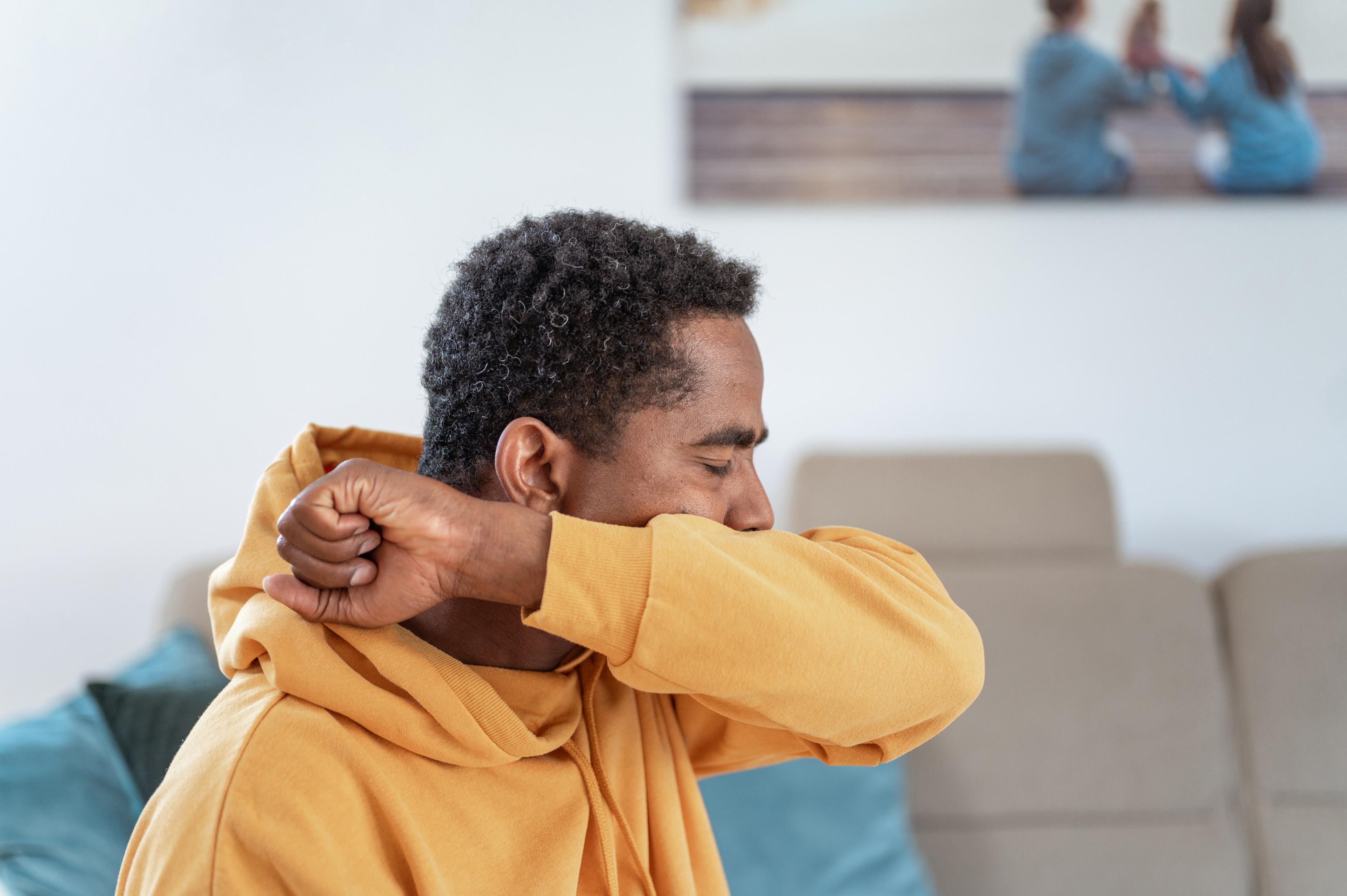
You don’t have to be a competitive athlete or weekend warrior to experience exercise discomfort. Sometimes after a workout, our bodies can feel a little off. You may wonder if you tweaked something or if you just went a little too hard after multiple days of inactivity.
Muscles may become sore and tendons can get inflamed, especially if overexerted. But these issues generally don’t rise to the level of a doctor’s visit. Since it can be tricky to pinpoint what’s normal and what’s not, watch for these signs the next time you are unsure.
Recognizing the difference between soreness and pain
When the connective tissue around a muscle gets damaged or is stressed beyond its usual level, that’s when soreness sets in. This is a completely normal result of exercising, especially if you just finished a strenuous workout or exercised a muscle you don’t normally work on. Normal muscle soreness and fatigue peaks between 24 and 72 hours (about three days). You may feel a dull ache or tightness while resting. You may feel a burning sensation when you try to use those muscles if they’re still sore. This type of soreness should go away on its own after two to five days.
Injury pain can affect a specific body part, like a joint or tendon. This sensation is more intense than muscle soreness and can vary from an ache (even while sitting still) to sharp pain during movement or continued exercise. Pain stemming from exercise can set in immediately, mid-workout, and may linger for longer than a few days, especially if untreated.
Is it pain or a strain?
A muscle strain occurs when the fibers in your muscle separate and fray. Unlike with soreness, resting a strain usually won’t help it heal. If gone untreated, a strained muscle can remain chronically weak. Muscle strain symptoms include:
- Bruising, swelling or redness.
- Pain while resting.
- Pain when the specific muscle or the joint in relation to that muscle is used.
- Weakness of the muscle or tendons.
How to recover from muscle soreness and minor injury
For soreness: Some simple remedies for soreness can include using an ice pack and massaging the sore muscle, but stretching and resting are the best ways to overcome soreness. Movement may initially feel uncomfortable but gently stretching your muscles will help you feel less sore.
For minor injury: The “RICE” method can help heal a minor injury to a body part like your leg or arm. RICE stands for rest, ice, compress and elevate (this method is sometimes known as “PRICE,” with the “P” standing for protect.) You could also benefit from an electric heating pad, especially if the pain is in your lower back, or you suffer from cramping. Remember, though, to never apply ice or heat to bare skin. Always use a towel to act as a buffer between your skin and the ice or heat.
When to visit a doctor
If your pain doesn’t go away in seven to 10 days (about one and a half weeks), reach out to your primary care provider and schedule an appointment. If an injury is more blatant – like in the case of a “popping” sound while exercising or an inability to walk – seek emergency treatment.
A doctor can usually tell you the extent of your muscle and tendon injury and suggest recovery methods like crutches or braces to help with healing. They can also tell you how much activity you should restrict yourself to and whether you should take time off work. Rehabilitation exercises or physical therapy are other options your doctor may suggest.
Read related content:
- Exercise Frequency and Duration to Keep You Healthy as You Age
- The Neat Way to Lose Weight: What is Non-Exercise Activity Thermogenesis?
- The Benefits of Green Exercise
Photo credit: Getty Images





